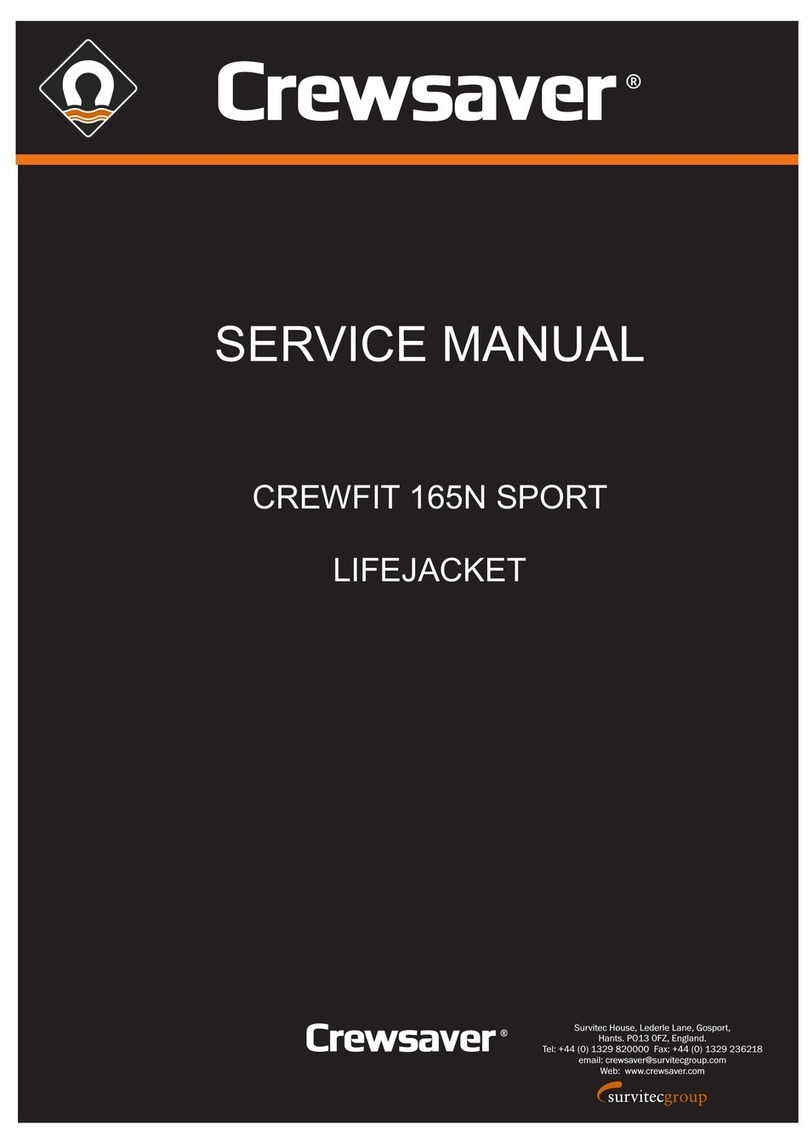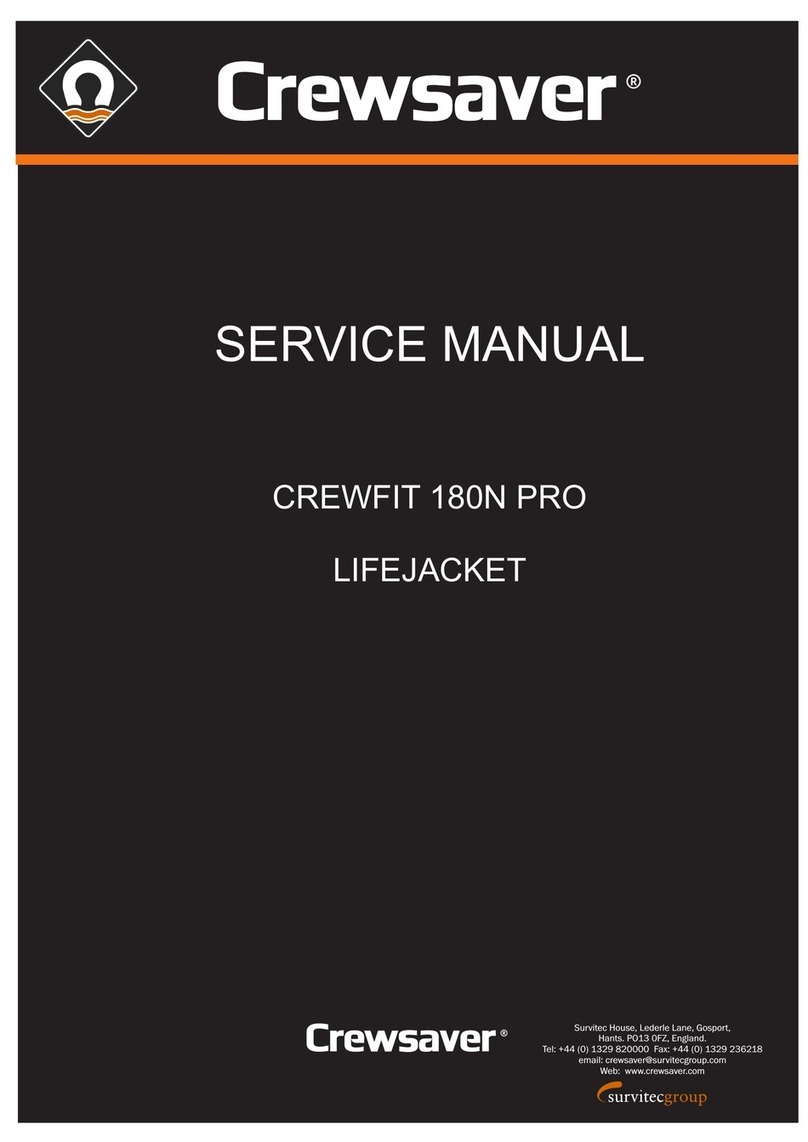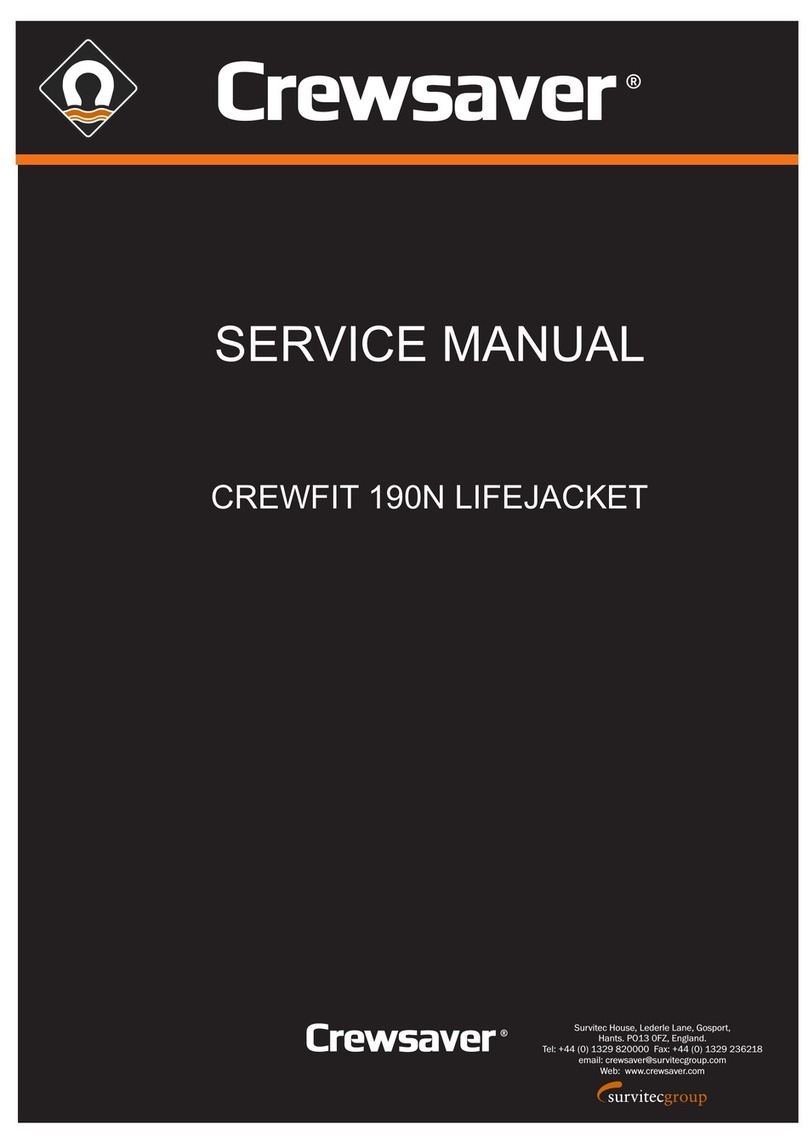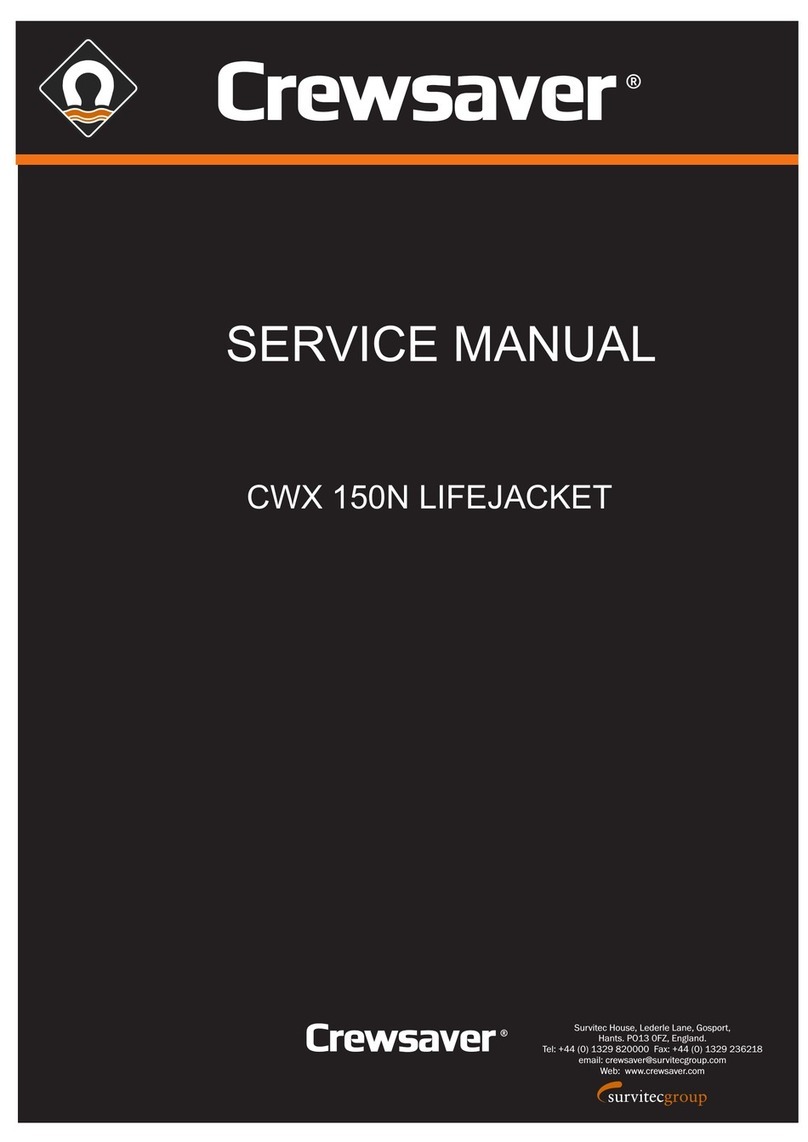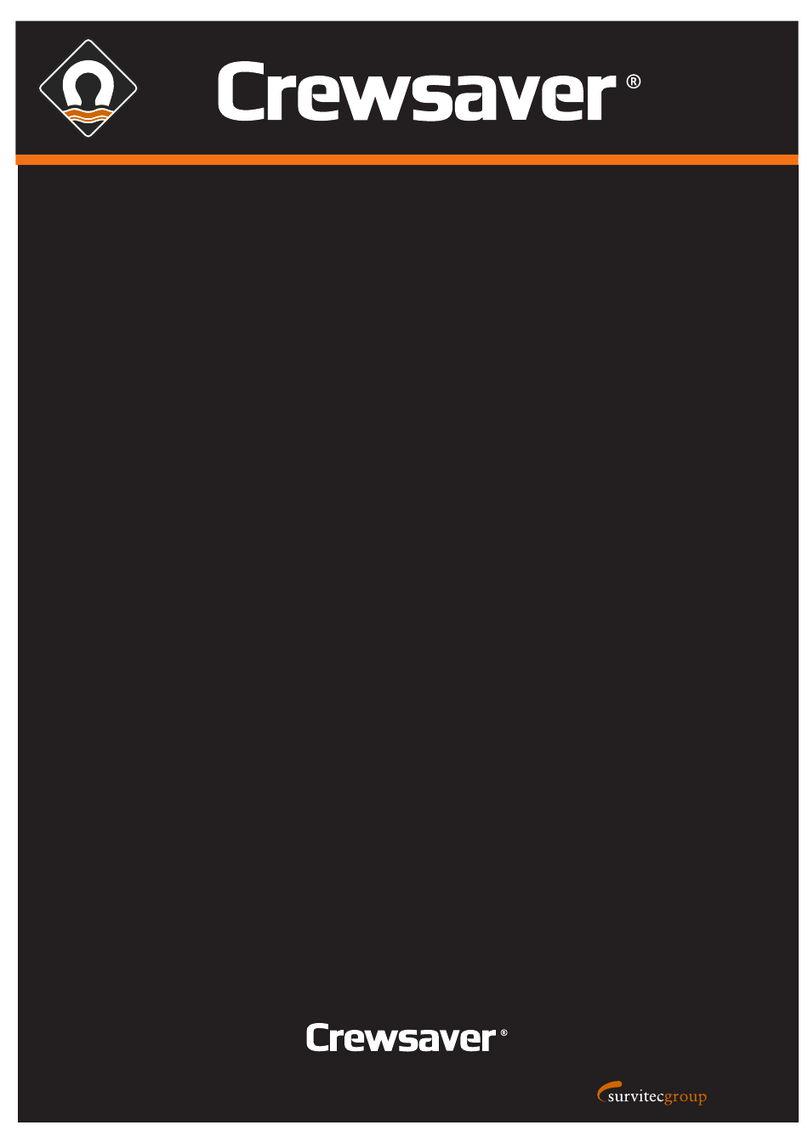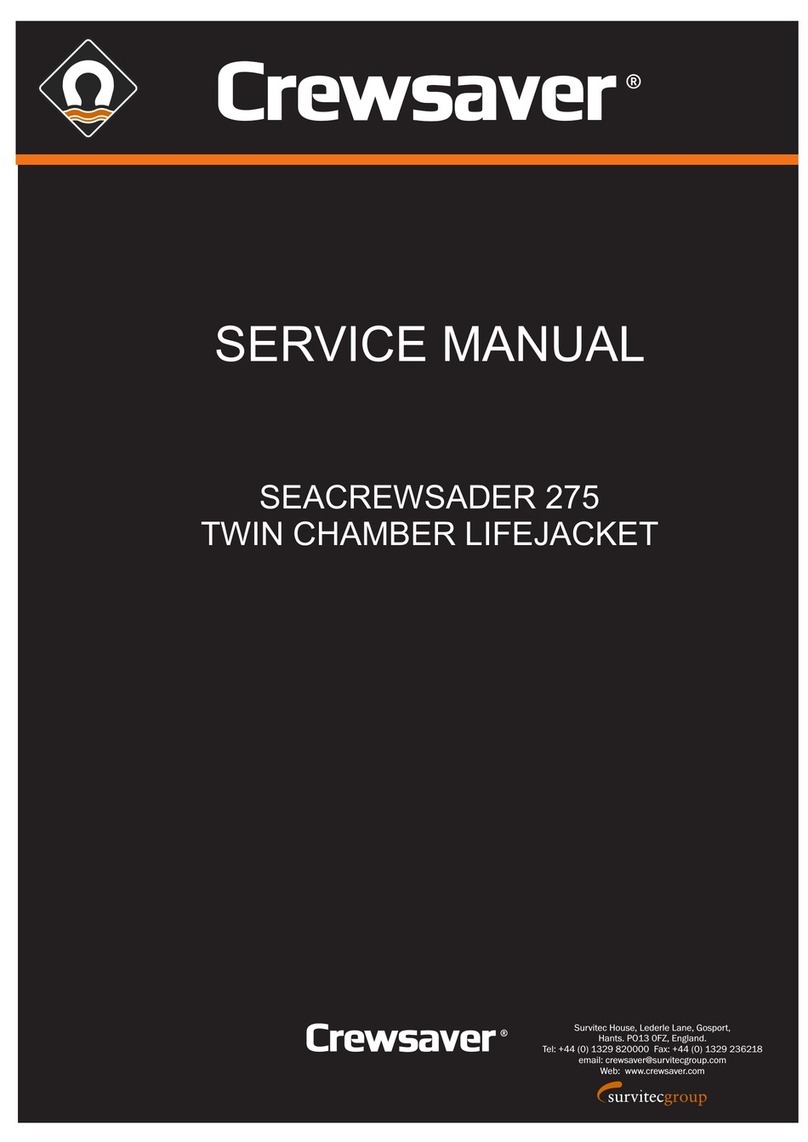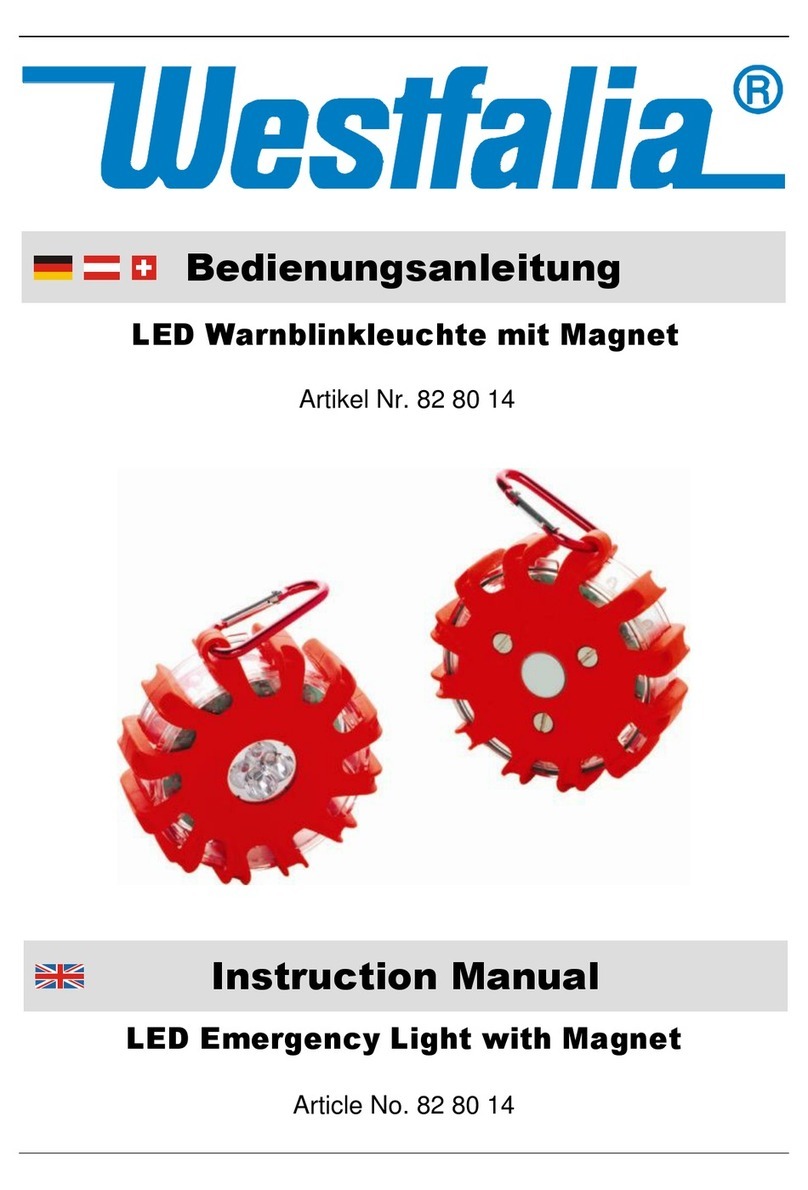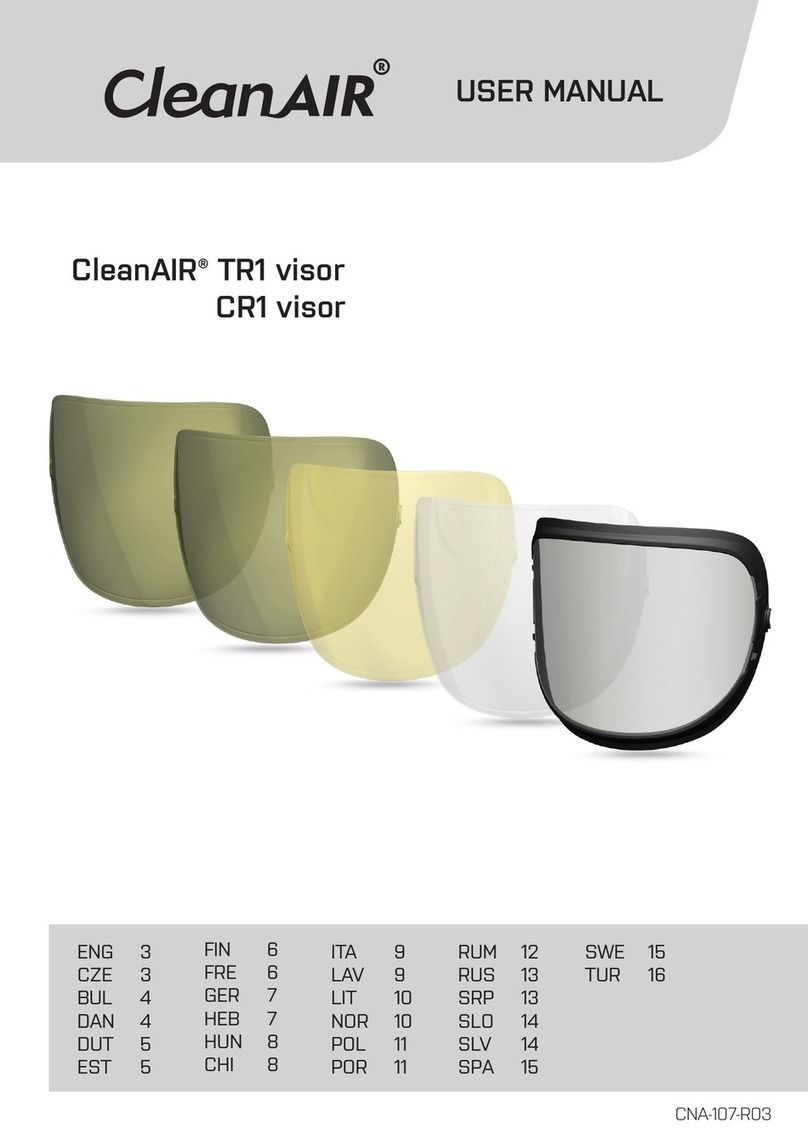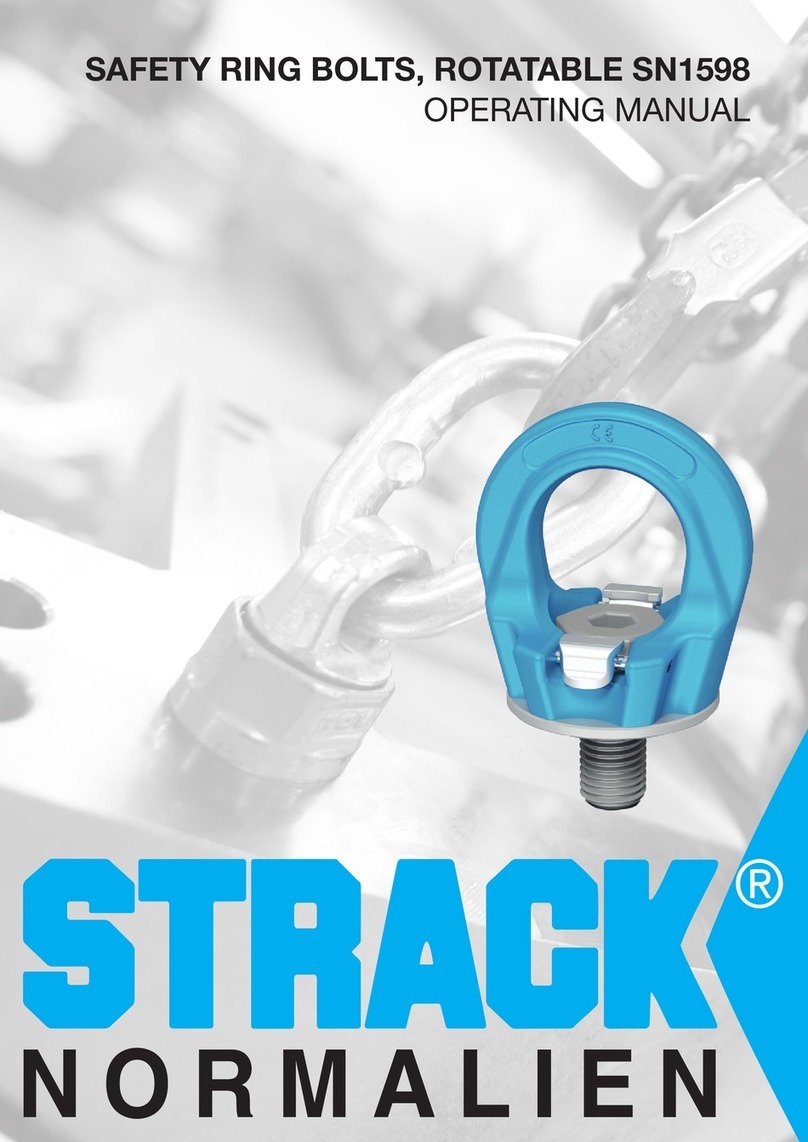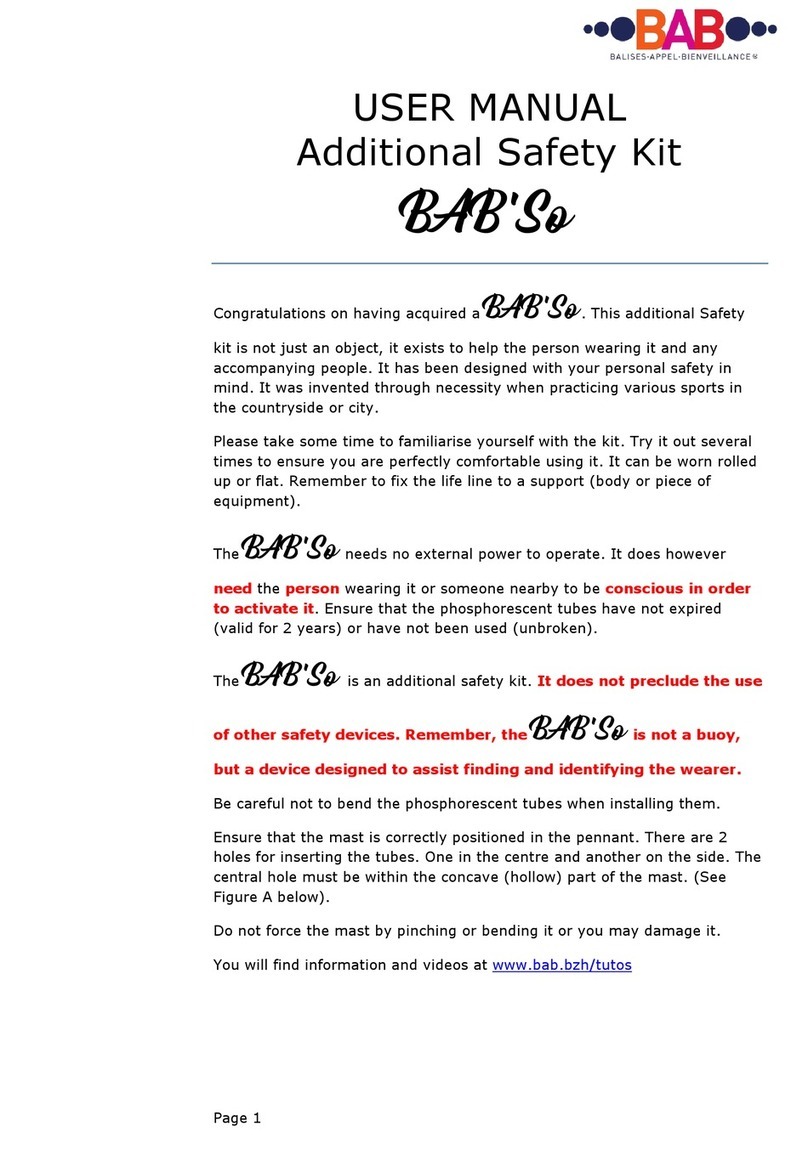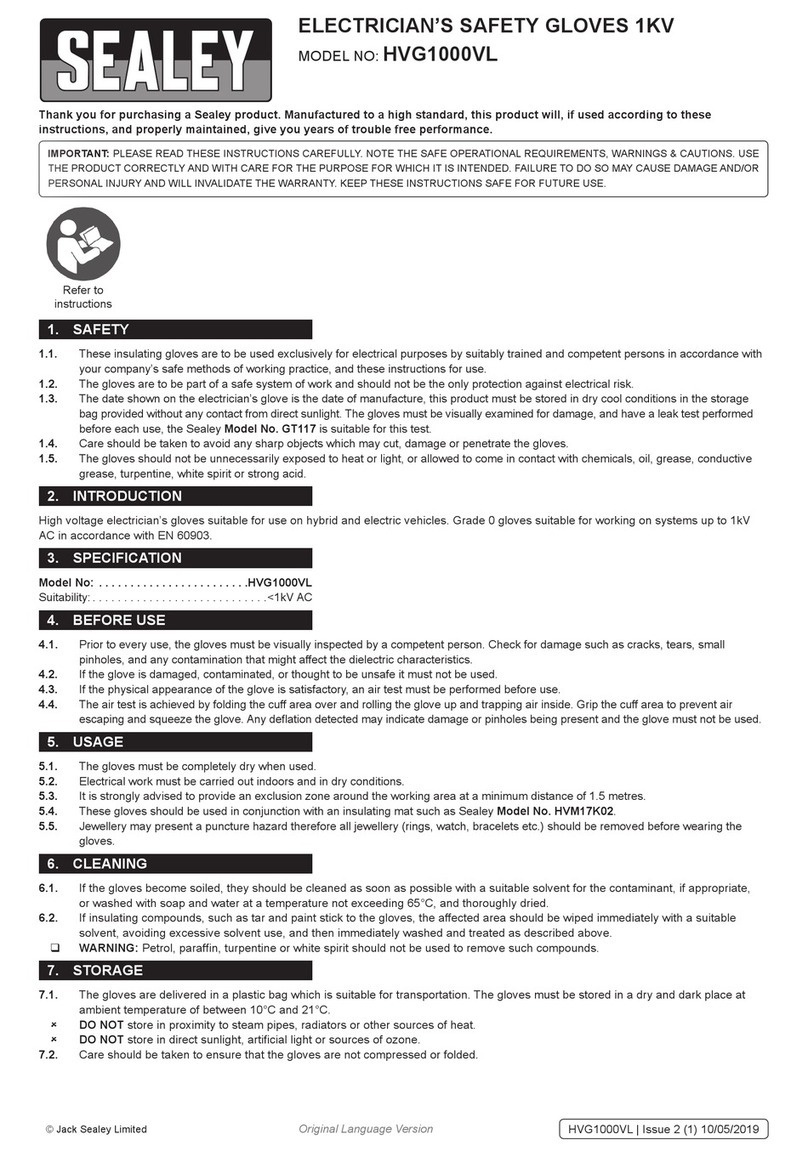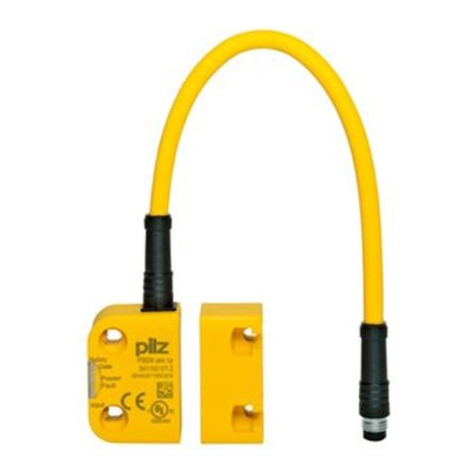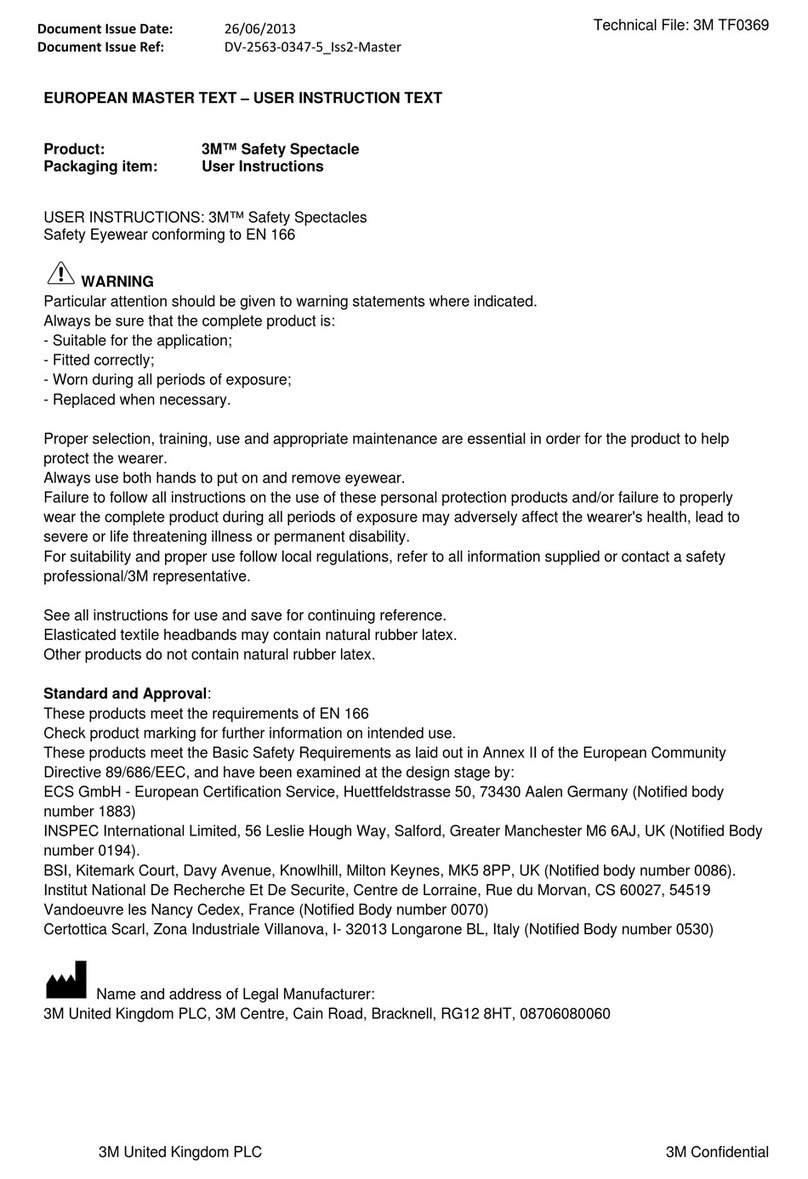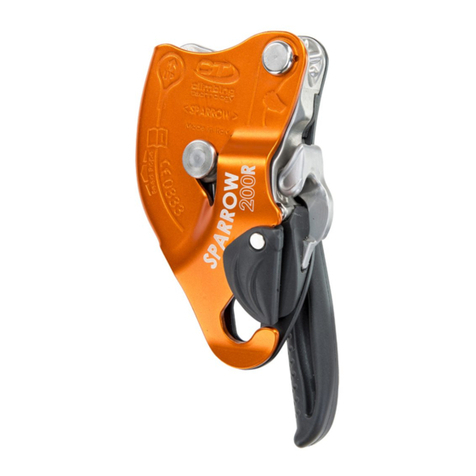
Crewsaver Inflatable Lifejacket
Annual Self Care and Maintenance Certificate
Only applicable for recreational use – all commercial and industrial applications must be serviced annually by an accredited
service agent.
Prior to filling in the below certification, full attention must be paid to all of the instructions included in the self care and
maintenance instructions. If for any reason any of the below steps are missed or any of the below tests fail, this certificate is
invalid and the life jacket must either be replaced or sent to an accredited service agent.
Check Status at each Instruction by marking box PASS = YES N/A = NOT APPLICABLE FAIL - NO
Inspection - Step 1 PASS FAIL N/A
Product has been registered with Crewsaver
Inspection - Step 2 PASS FAIL N/A
General visual inspection
Harness components checked (if applicable)
Inspection - Step 3 PASS FAIL N/A
Inspection of internal components
Inspection - Step 4 PASS FAIL N/A
Bladder is free from wear or damage
Bladder is inflated for 12 hours without depressurisation
Inflated bladder is free from damage
Inspection - Step 5 PASS FAIL N/A
Red oral inflation tube is free from damage
Red oral inflation tube valve is free from leeks
Red oral inflation tube mouth cap is attached
Inspection - Step 6 PASS FAIL N/A
CO2cylinder free from damage or corrosion
Check weight of cylinder
Record engraved GR. WT. Actual Weight
Inspection - Step 7 PASS FAIL N/A
Checking automatic cartridge for activation
Test of manual firing arm – removing CO2cylinder
Checking operating mechanism arm and pin
Refitting CO2cylinder
Inspection - Step 8 PASS FAIL N/A
Mark the inspection grid under the collar of the lifejacket with who
inspected the lifejacket and the date of inspection.
Inspection - Step 9 PASS FAIL N/A
Deflating your lifejacket after use
Next Inspection
Due
Model Serial No: Last Date of Service:
11.
WARNING: If you do not believe you are confident to
complete the self care and maintenance of your lifejacket, please
take it to your nearest accredited Crewsaver
Approved Service Agent.
Inspection - Step 10 PASS FAIL N/A
Repack lifejacket in accordance to instructions
I hereby certify that this lifejacket has been inspected in accordance with the Crewsaver Annual
Self Care and Maintenance Manual as described in instructions 1 through 10.
......................................... .......................................... ..............................
Name Signature Date
....................................................................................................................................................
Address












